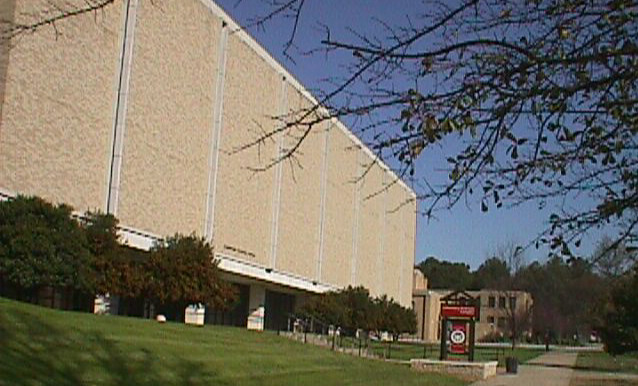
Department of Chemistry
and Physics
 |
Department of Chemistry and Physics |
| CHEM1023 |
Exam 1
|
Note: Only the questions have been listed to save space.
1. Explain why solids and liquids are called condensed states. (6 points)
2. Draw a heating curve for water. Label all parts. (10 points)
3. Define hydrogen bonding and give an example. (4 points)
4. Briefly describe the types of dispersion forces (those that have an induced dipole). (6 points)
5. Fill in the blank with the correct term. (2 points each)
a. temperature at which the vapor pressure = external pressure____________________
b. temperature above which gas cannot condense to liquid ________________________
c. attraction between like molecules_____________________
d. term for noncrystalline compound_________________________
e. substance’s resistance to flow__________________________
6. Given the following information, identify the unit cell (10 points)
7. Write the Claisius-Clapeyron equation. What information
does the plot ln P vs 1/T give (6 points)
8. Why do liquids cool upon evaporation? (6 points)
9. List the four types of crystals and give an example of each. (8 points)
10. Define polarizability. (4 points)
11. Define heat of vaporization, heat of fusion and heat of sublimation (6 points)
12. Define surface tension. Explain how surface tension is involved in capillary action. (8 points)
13. Explain why solids are generally more dense than liquids in terms of intermolecular forces. (6 points)
14. Given two molecules, I2 and F2, which has the higher boiling point? Why? (6 points)
15. Explain why solid water (ice) is less dense than liquid water. (4 points)
BONUS (5 points) Define a supercooled liquid. What would this look like on a cooling curve?